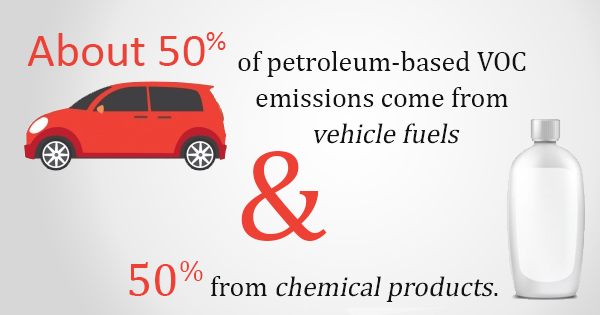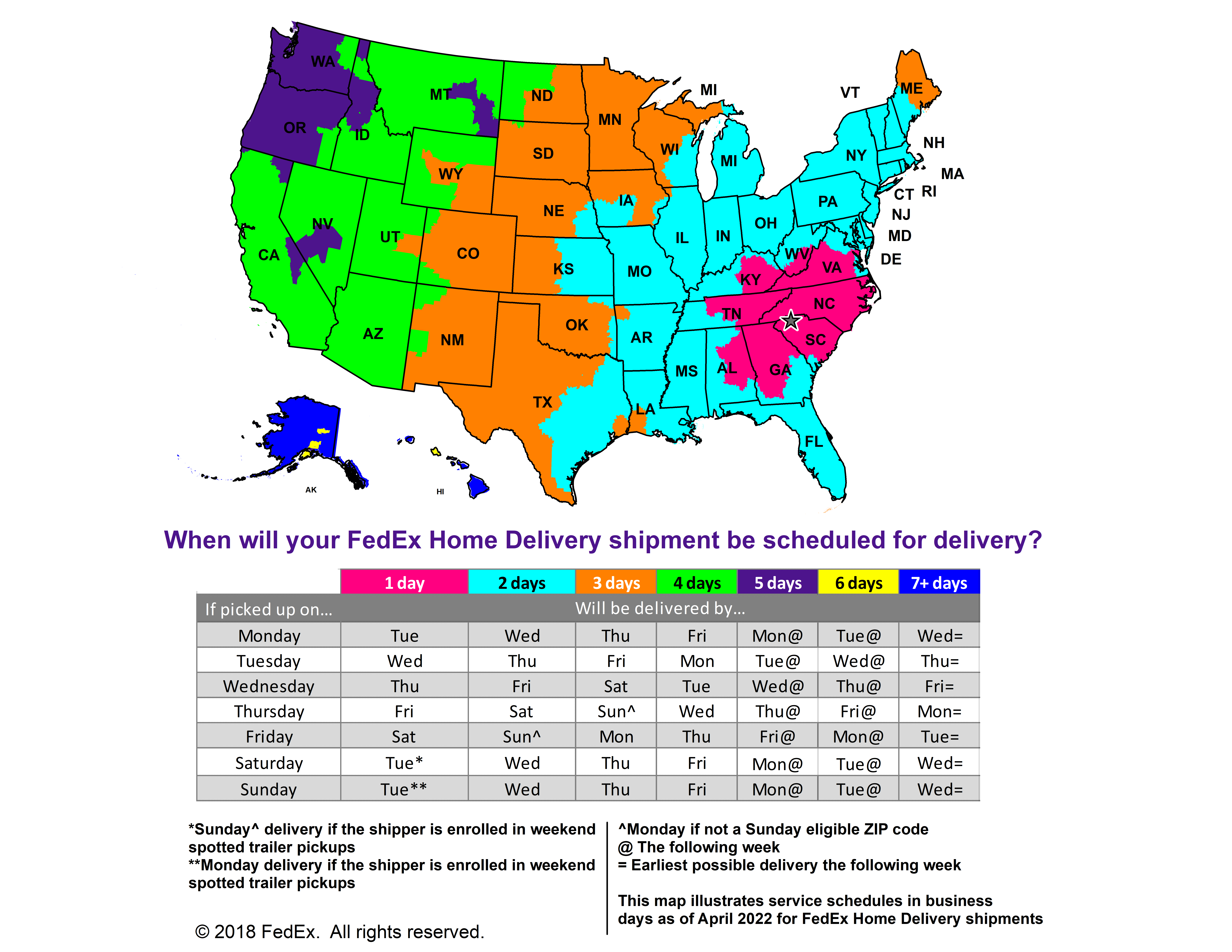Recent Study Shows High VOCs in Household Products (Part 2)

In the last post, we discussed some results from a recent study reported by BBC News and conducted by Colorado University. We explained why investing in low VOC paints and similar products is an option that's absolutely worth considering.
As mentioned in the last post, our air contains such a unique mixture of chemicals and compounds that it is nearly impossible to determine which specific elements cause which health effects, if any. What's worse is that while some products that emit VOCs must be sprayed into the air to be used, many of these products' VOC testing has been neglected due to the primary focus being on vehicle emissions.
"Air fresheners are loved by some people - but they make others choke. Cleaning sprays are useful - but they make some people's eyes run. I know someone whose childhood asthma is thought to have been provoked by chemical emissions from flat-packed furniture in his bedroom. This is a neglected field of research as public and media attention has focused on cars outdoors at the expense of chemicals indoors," writes BBC Environmental Analyst Roger Harrabin.
This notion reflects the fact that according to Sweden’s Dampness in Buildings and Health study, children with bedroom PGE (propylene glycol and glycol ethers) concentrations in the top 25% (of the study participants) had a 100% higher likelihood of having asthma, a 150% higher likelihood of having eczema, and a 320% higher likelihood of having rhinitis.
While the figures from the study undoubtedly indicate an alarming portion of VOC exposure being attributed to household products, there does seem to be a silver lining. The EPA had previously estimated about 75% of petroleum-based VOC emissions to be from vehicle fuels and 25% from chemical products, but this study shows that the split is closer to 50-50. While this is certainly cause for concern, some see it in a positive light because air quality regulations have done so much to limit vehicular emissions.
In short, while the study has negative implications in the short-term, it could help organizations like the EPA craft new regulations specifically targeting VOCs. If these measures are as successful as measures targeting vehicle emissions, then the world could soon be a safer place.
"In some ways, this is a good news story that, as we control some of the bigger sources in the past, the other sources are emerging in relative importance, such as these consumer products," says lead author on the study and Cooperative Institute for Research in Environmental Sciences (CIRES) affiliate Dr. Brian McDonald.
Ultimately, painting with low VOC paints and using other products with low levels of VOCs is the best way to protect yourself from the negative health effects from VOCs. For more information about low VOC paints wood primer, contact Ecos Paints.


























